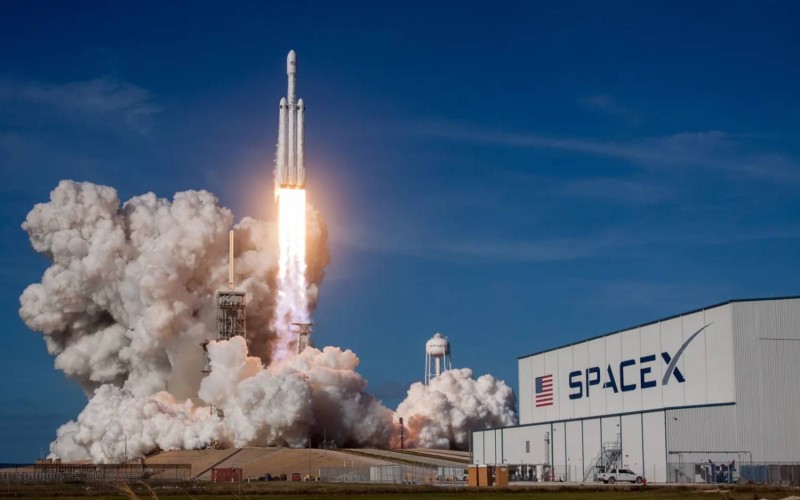
How scientists are keeping the Orion spacecraft safe from radiation
- by Digital Trends on MSN.com
- Sep 18, 2024
- 0 Comments
- 0 Likes Flag 0 Of 5

September 18, 2024 10:45AM
The two "phantoms" of the Matroshka AstroRad Radiation Experiment (MARE), which will fly to the Moon on NASA's first Artemis I mission, occupy two of passenger seats (Seat #3 and Seat #4) in the Orion capsule.
NASA/Lockheed Martin/DLR
When NASA’s Artemis I mission launched on its journey around the moon in 2022, there weren’t any astronauts aboard — but there were two torso-shaped dummies, named Helga and Zohar, who were designed to test how much radiation astronauts can expect to be exposed to when they do eventually fly on the Artemis II and III missions.
Now, the German space agency DLR has released the first results from the radiation study, and the good news for future moon explorers is that it looks like the radiation levels are within acceptable limits inside shielded areas of the spacecraft. Radiation is a concern once people travel outside the protective magnetosphere of Earth, and the region of charged particles called the Van Allen belt that help to protect us on the ground from radiation exposure. When traveling beyond low-Earth orbit and out to the moon and beyond, astronauts will be exposed to radiation that can cause cancer, cardiovascular disease, and other health problems.
Recommended Videos
The new study found that the amount of radiation exposure within the Orion capsule varied considerably by location, with shielded areas experiencing four times better protection than unshielded ones. But it’s not just the environment inside the capsule that is important. The study also found that the orientation of the spacecraft affected exposure, and that by turning the spacecraft 90 degrees during a flyby of the inner Van Allen belt, the exposure was reduced by 50%.
“This shows us that this flight maneuver can significantly reduce the radiation exposure for the crew. This is also a good sign and confirms the basic suitability of Orion for future spaceflight with astronauts. Our measurement data also provides a solid knowledge base for the design of future missions,” said Thomas Berger of the DLR Institute of Aerospace Medicine.
The two dummies were used to simulate the kinds of radiation exposure that might be experienced by the human body, comparing one that was unprotected and one that wore a radiation-protecting vest. The researchers have not yet released the data from that comparison, but they are working on the analysis and should be able to share the results soon.
“With radiation monitors placed throughout the Orion capsule, we are gaining valuable insights into how space radiation interacts with the spacecraft’s shielding, the types of radiation that penetrate to reach the human body, and which areas inside Orion offer the most protection. This knowledge is invaluable, as it will allow us to accurately estimate radiation exposure for ESA astronauts before they journey into deep space, ensuring their safety on missions to the Moon and beyond,” said Sergi Vaquer Araujo, lead for the Space Medicine Team.
The research is published in the journal Nature.
Editors’ Recommendations
Please first to comment
Related Post
Stay Connected
Tweets by elonmuskTo get the latest tweets please make sure you are logged in on X on this browser.
Sponsored
Popular Post
Tesla: Buy This Dip, Energy Growth And Margin Recovery Are Vastly Underappreciated
28 ViewsJul 29 ,2024






 Energy
Energy



















